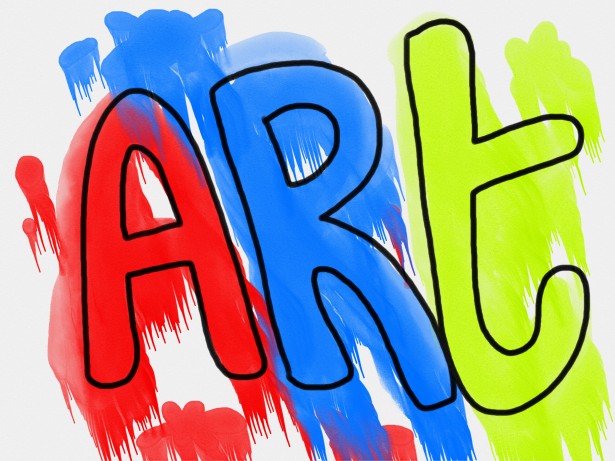The first 500 people to click my link will get two months of Skillshare Premium for FREE! http://skl.sh/learned4
▲Patreon: https://www.patreon.com/WILearned
▲Twitter: https://twitter.com/jeverettlearned
RECOMMENDED BOOKS to get started in developing a productive approach to learning a language:
・Principles and Practice in Second Language Acquisition by Stephen Krashen
・Fluent forever by Gabriel Wyner
・Fluent in 3 months by Benny Lewis
◆I don’t agree with everything in these books. For example, Benny Lewis has some great approaches to language, but I don’t agree with “Use the Language from Day 1” unless you are entirely comfortable embarrassing yourself in front of strangers. As per Krashen’s Input Theory, The affective filter hypothesis states that learners’ ability to acquire language is constrained if they are experiencing negative emotions such as fear or embarrassment. I totally agree with this based on my experience and think this is why “classroom language teaching” does not work. You are risking embarrassment every time the teacher calls on you and may be in fear of failing as you study the language.
◆Also, I do not think techniques for “memorizing” words are a good use of your time, unless you are taking a language test. If your aim is to learn the language to where you can understand media in that language and have enjoyable conversations, then mnemonics are not helpful. This is because they facilitate “learning” of the language and not “acquisition.” For example, if someone says “Do you know what taberu means?” You can access your mnemonic of “I eat on a table [TABEru means eat!],” but if someone says to you “issho ni gohan tabenai?” you probably won’t be able to rapidly comprehend this phrase and respond in a natural way.
◆The distinction between acquisition and learning is tricky, but very important to keep in mind while you develop methods to acquiring your target language in an efficient manner.
・Beginner Vocabulary: Try and find the “Core 100” words of your target language. After you get those down, move on to the next 100 and so on. The “core” is the most commonly used words (make sure the list you get distinguishes between the 100 most commonly used spoken words and written words) Relevant resource: https://fluent-forever.com/the-method/vocabulary/base-vocabulary-list/
・Beginner Grammar: I recommend Tim Ferriss’s “13 Sentences for introducing yourself to the Grammar. https://youtu.be/dxqo47eGOLs?t=178
SHADOWING
・Shadowing is simply finding a clip of a native speaker speaking and mimicking everything about their speech – pacing, intonation, cadence, and most importantly of course: pronunciation
・Try and shadow with video clips that show the speakers mouth so you can copy their mouth positioning.
・Especially if you’re a beginner, do not attempt to shadow everything. For example a beginner shadowing session of an English sentence like “Hey bro I was thinking we should go grab some steak at that place around the corner when we finish work.” would be like “Hey bro …. grab some… around the corner…. work.” In short, you don’t want to rush yourself to try and copy everything because you will mumble and that is not a good habit
・Be attentive of your frustration level. Shadowing is super hard and challenging. Let your goal be to slowly increase the amount of time you can sit in frustration. For example, one day you start shadowing, get super frustrated because you feel like you can’t get more than 3 syllables right at a time and give up in 10 minutes. No problem. See if you can sit in that frustration for 11 minutes the next day. Don’t overload yourself and turn language learning into a chore or you’ll become more and more averse to doing language acquisition and shoot yourself in the foot.
・BEGINNERS may be especially frustrated, but even a little bit of shadowing will be very helpful. Work your way up from just 5 minutes or so.
・Get apps like “Video Speed Controller” for chrome so you can quickly adjust the video’s speed on the fly. (Being able to quickly adjust the speed is especially helpful if you have one character in a TV show who mumbles and other characters who speak really clearly)
・RECORD yourself. This is a tip from @Dogen, and I wish I implemented this more often when I was learning Japanese, it adds more time to your practice, but really does reveal where your pronunciation is lacking.
JAPANESE
・If you’re trying to improve your Japanese skills, particularly pronunciation, I recommend checking out @Dogen . He’s got a funny youtube channel https://www.youtube.com/user/Dogen But if you’re interested in specifics on how to step up your Japanese, check out https://www.patreon.com/dogen
・JLPT – If you’re aiming to pass the JLPT, DON’t waste any time on WRITING Kanji. It’s 100% not necessary for the test (As of 2012). Just make sure you know the stroke order behind Kanji.
Featured music:
Broke for Free – Only Knows
For Business inquiries:
joseph.everett.wil@gmail.com
language
1535839805
2018-09-01 22:10:05
13:58
UCqYPhGiB9tkShZorfgcL2lA
What I’ve Learned
36927
391
source


